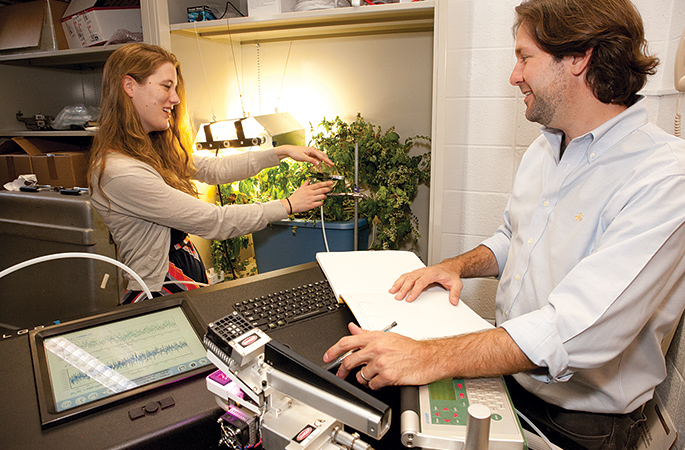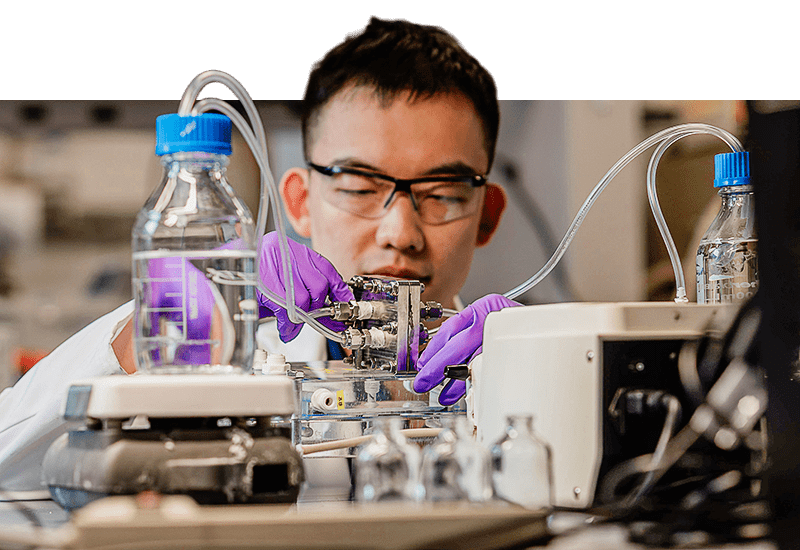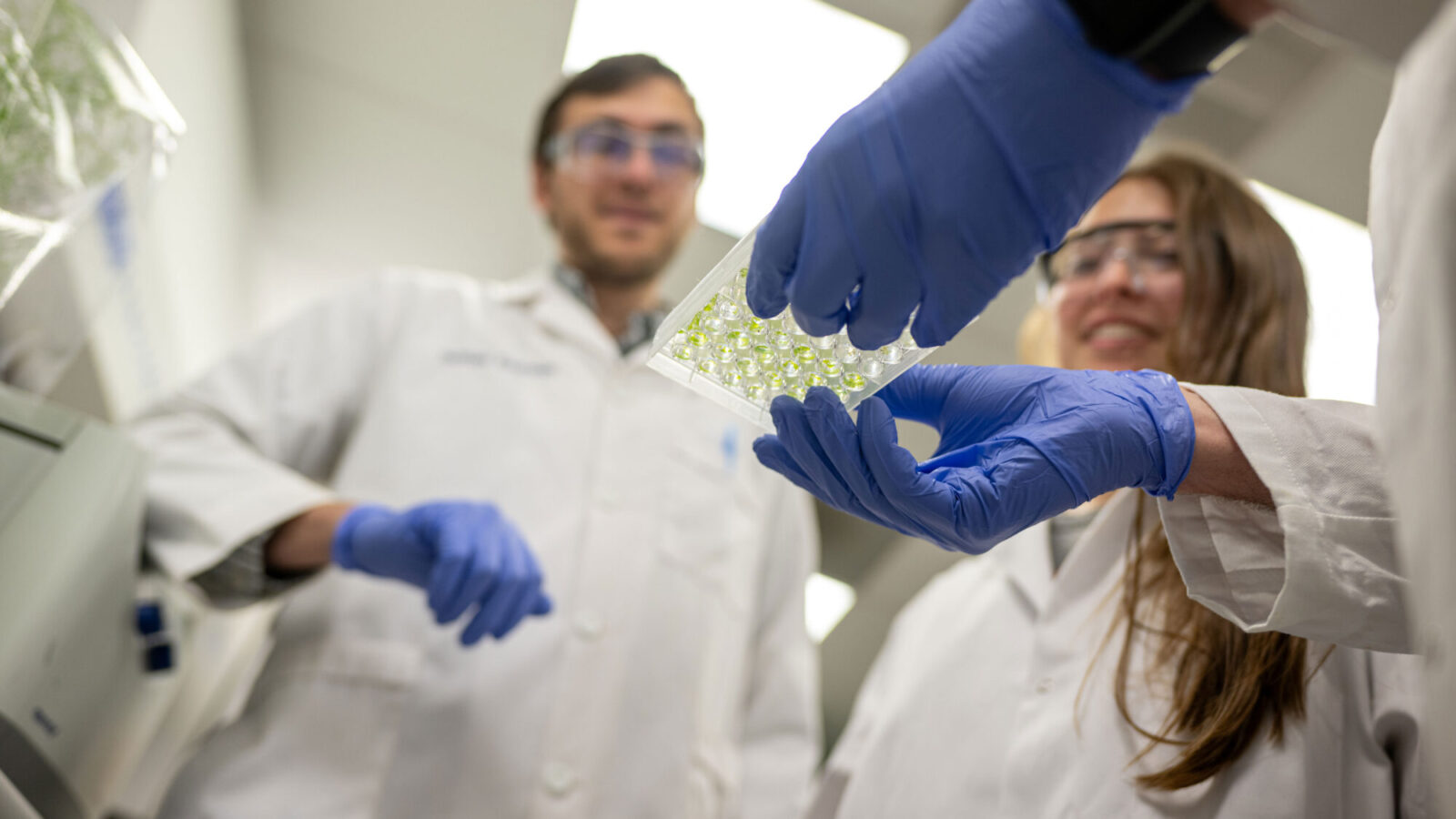Devising a ‘silver bullet’ for measuring water use by plants
By
on

A skilled gardener can intuit how much water tomatoes and carrots need, but precisely quantifying a plant’s actual water use can be tricky.
Although the measurement is critical for understanding how ecosystems are affected by drought, development or climate change, there is no easy way for scientists to verify estimates of water use. Right now, scientists have to use expensive, bulky laboratory equipment to analyze samples and directly track how much water plants are using. But if recent Princeton graduate Ida Posner’s senior thesis project works the way she hopes, that could all change.
Posner (BSE ’12) has developed a technique to simplify and reduce the cost of water vapor measurements. For her senior thesis project, Posner built a small, cylindrical device that could lead the way for scientists to quickly and efficiently measure plant water use.
Working in the Engineering Quadrangle’s hydrology lab, Posner was part of Professor Kelly Caylor‘s research team looking for better ways to measure the water use in an ecosystem.
“There is an urgent need for better guidance regarding the management of water for use in dry-land agriculture and the response of rangelands to rainfall variability in semiarid regions,” said Caylor, assistant professor of civil and environmental engineering and director of the Princeton EcoHydrology Lab. “Any advice or additional insight to these issues depends critically on being able to routinely and accurately characterize the water use of plants.”
To track how much water plants use, the researchers measure isotopes present in water vapor emitted by a plant – a process called transpiration. The proportion of isotopes, variations of elements determined by the number of neutrons in an atom, is affected by how the water vapor formed.
“The isotopic signature of water gives it a fingerprint that you can use to trace water through the ecosystem,” Posner said.
Water vapor created by plants through transpiration has a distinct isotope composition, but this measure is often skewed by organic contaminants that are emitted by the plants. It’s possible to remove or account for these contaminants, but that requires laboratory equipment unsuitable for field use. Posner’s task was to create a cheap and practical filter to remove these chemicals without disturbing the sample.
In testing her device, Posner first extracted water from a basil plant in Caylor’s Princeton laboratory by mashing up a sample and freeze-drying the water. (Another of Caylor’s students, Alice Suh (BSE ’12), worked on a special clamp that can directly collect emitted water vapor. Suh, also a civil and environmental engineering major, developed the device as part of her senior thesis project as well.)
Posner then had to remove the impurities without damaging the sample. To do that, she made a special filter that operates like a car’s catalytic converter. Essentially, she took a 5-inch stainless steel pipe and filled it with aluminum pellets coated with a thin layer of platinum. She attached air hoses at both ends of the pipe so she could stream the water vapor through. The platinum breaks down the organic contaminants, which then remain inside the pipe. The vapor emerges from the other end ready for analysis. In the field, Posner’s pipe assembly would be attached to a suitcase-sized device that measures the isotopes.
Caylor said if Posner’s technique works “we will be able to quickly and routinely assess the isotopic composition of plant water use in field settings.”
Currently, laboratory approaches for removing the contamiants that skew the test are not suitable for field use. “So Ida is really working on a silver bullet – a method of removing contaminants that can be used either in the field or in the lab.”





